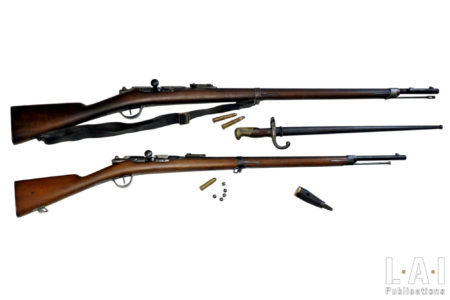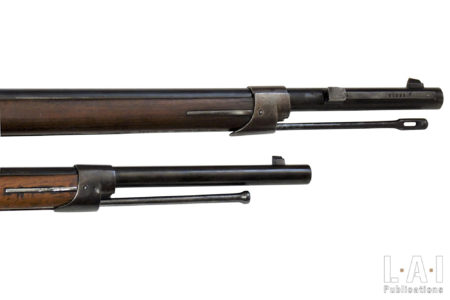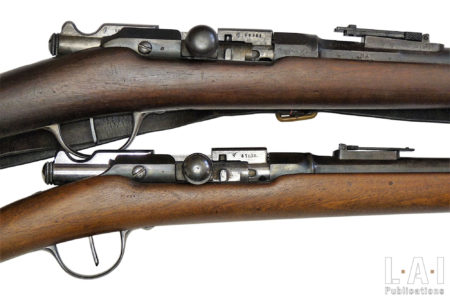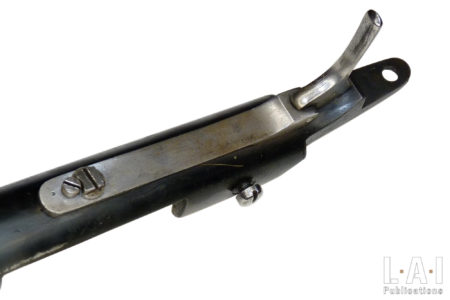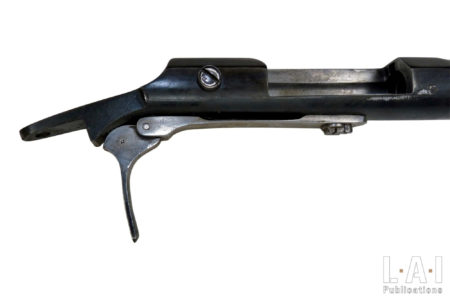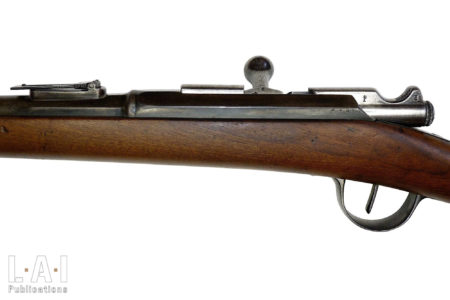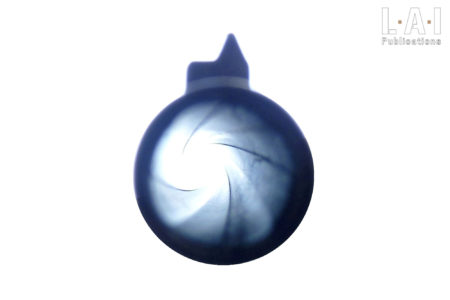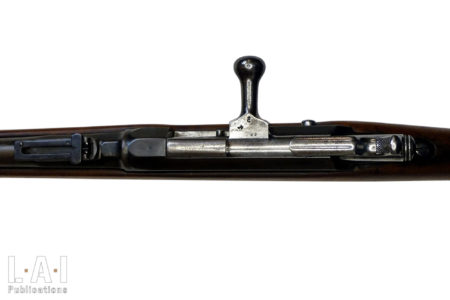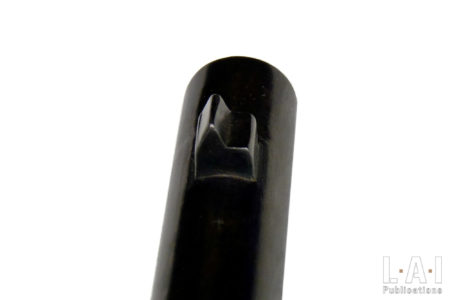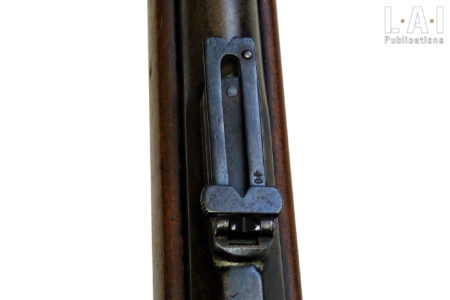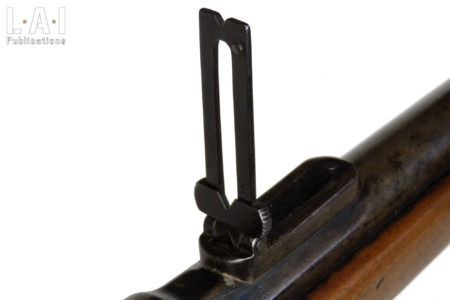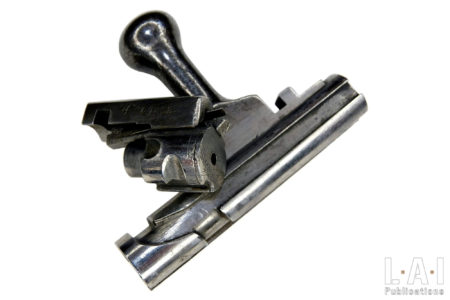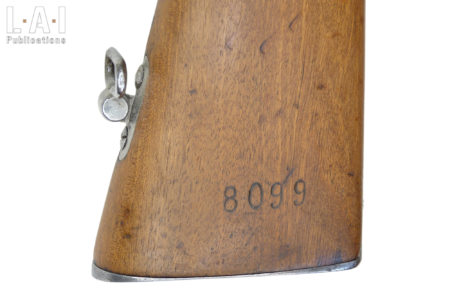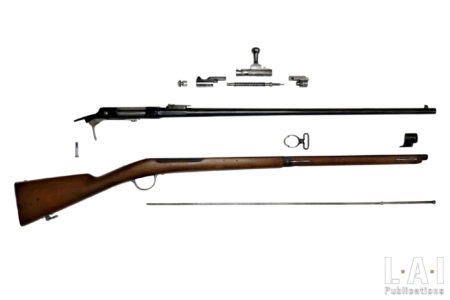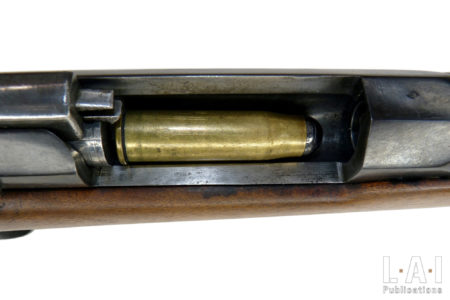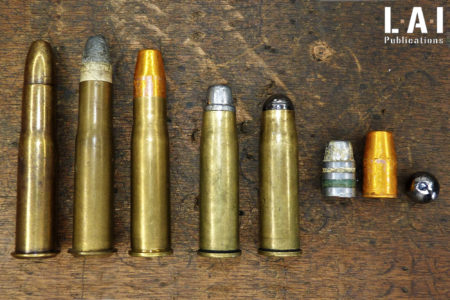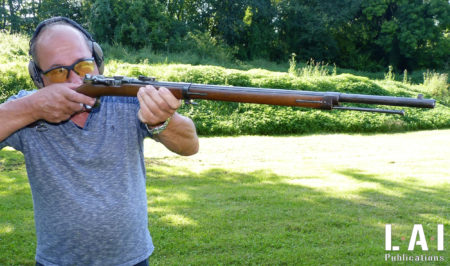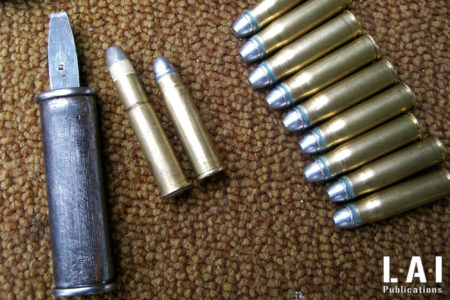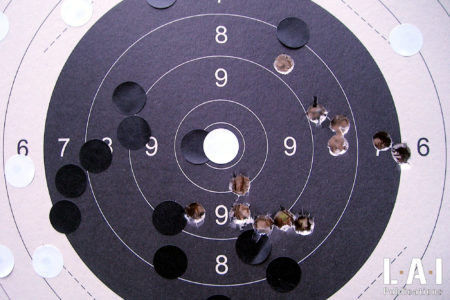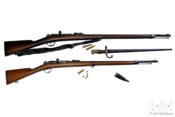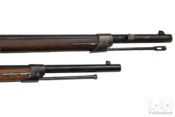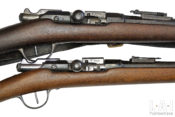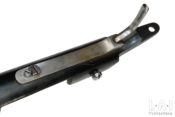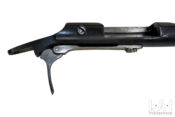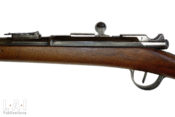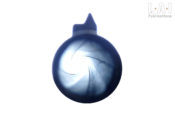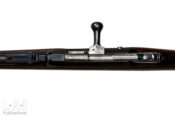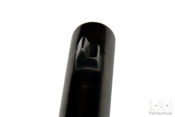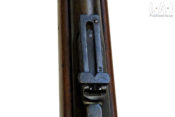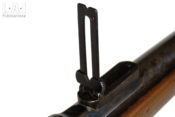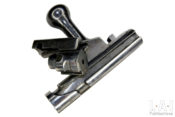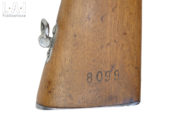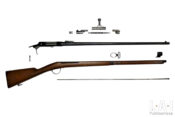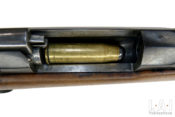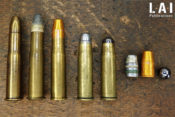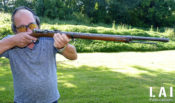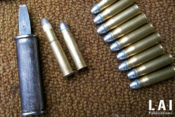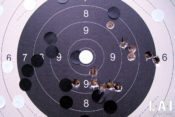The Gras de Cadet carbine, caliber 11 mm

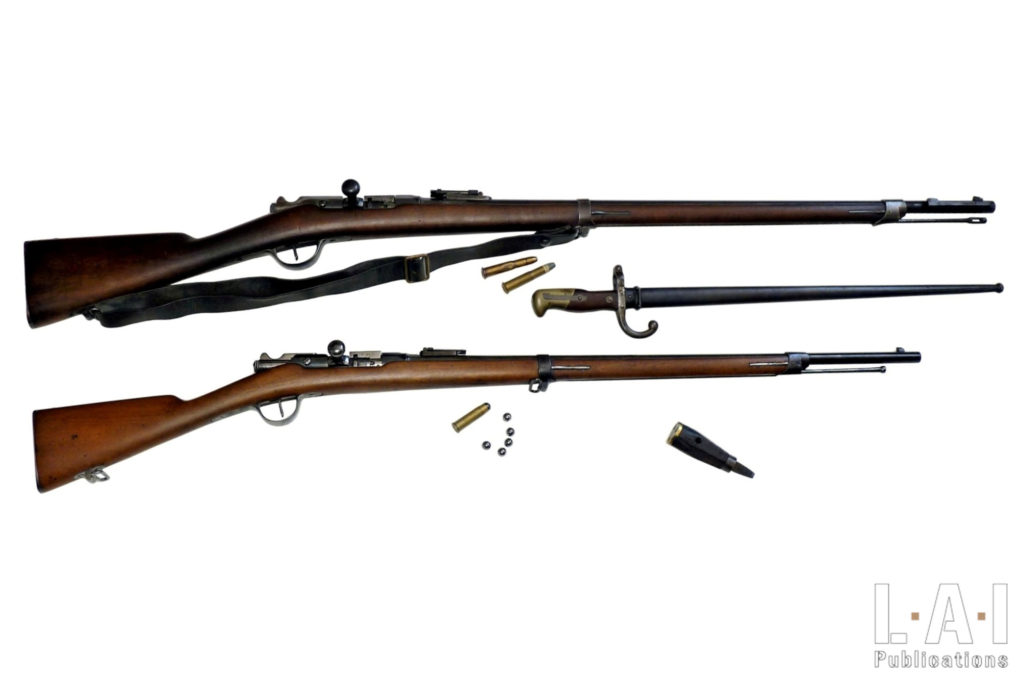
The Gras system weapons have long been neglected by French shooters. “French bashing”? Even if by nature (cultural) we French often recognize more qualities and attractiveness from foreign weapons, legislations indeed rendered access to such weapons quite difficult. The 11 mm Gras (black powder loaded) has long remained classified as a “war” caliber, and so was difficult to access for most of the shooters. This heresy was corrected in the early 1980s, when it was “declassified” as an “antique” caliber: but the damage was done, because many models had in the meantime been destroyed or modified.
A bit of contextualization
In July 1870, the France of the Second Empire entered war against Prussia. This war would be a transitional war, between the cavalry charges from the early nineteenth century and the use of field artillery, announcing the new war techniques of the twentieth century. The French infantryman faces in line with his Chassepot rifle with combustible cartridges. This weapon emblematic by its notoriety and its vaunted abilities, is technically superior to the Germanic Dreyse. Nevertheless, the weaknesses in the use of paper cartridges and needle firing would highlight the need for rapid deployment of a metal cartridge ammunition.
The various belligerents were able to see metal cartridge weapons at work, mainly from the United States, with weapons of the Rolling Block or Spencer type. The superiority of these systems had challenged strategists and decision-makers. Our Chassepot showed its real defects, the fouling related to the black powder paralyzes its action after a few series of shots, the paper cartridges are fragile and sensitive to external constraints. The needle percussion system also poses a number of problems, nailing, weakness of the needle, problems of reliability of firing, etc. Our opponent Dreyse knows more or less the same difficulties (in addition with a failing seal). The reflection on the adoption of a metal cartridge therefore arose towards the end of the conflict in 1871. Once again, the new German Empire showed pragmatism and responsiveness, adopting the first Mauser metal cartridge service rifle in 1871. It was therefore becoming urgent for the France to find a rapid alternative; arms commissions were starting research and studies. The French gunsmith industry continued to produce Chassepot rifles until 1874, in order to compensate for weapons captured by the enemy, and to increase the number of weapons available for a new conflict. The different paths studied for the adoption of a new service weapon were both a radical change of model, the substitution of a metal case for the paper cartridge and finally the creation of a weapon derived from the previous model. In general, the Dutch Beaumont system was tested but not adopted. At the same time, tests were conducted to create a metal case ammunition capable of being fired into a chamber with a Chassepot profile, but without conclusive results…
Annual subscription.
€45.00 per Year.
45 € (37.5 € excluding tax) Or 3,75€ per month tax included
- Access to all our publications
- Access to all our books
- Support us!
Monthly subscription
€4.50 per Month.
4.50 € (3.75 € excluding tax)
- Access to all our publications
- Access to all our books
- Support us!


